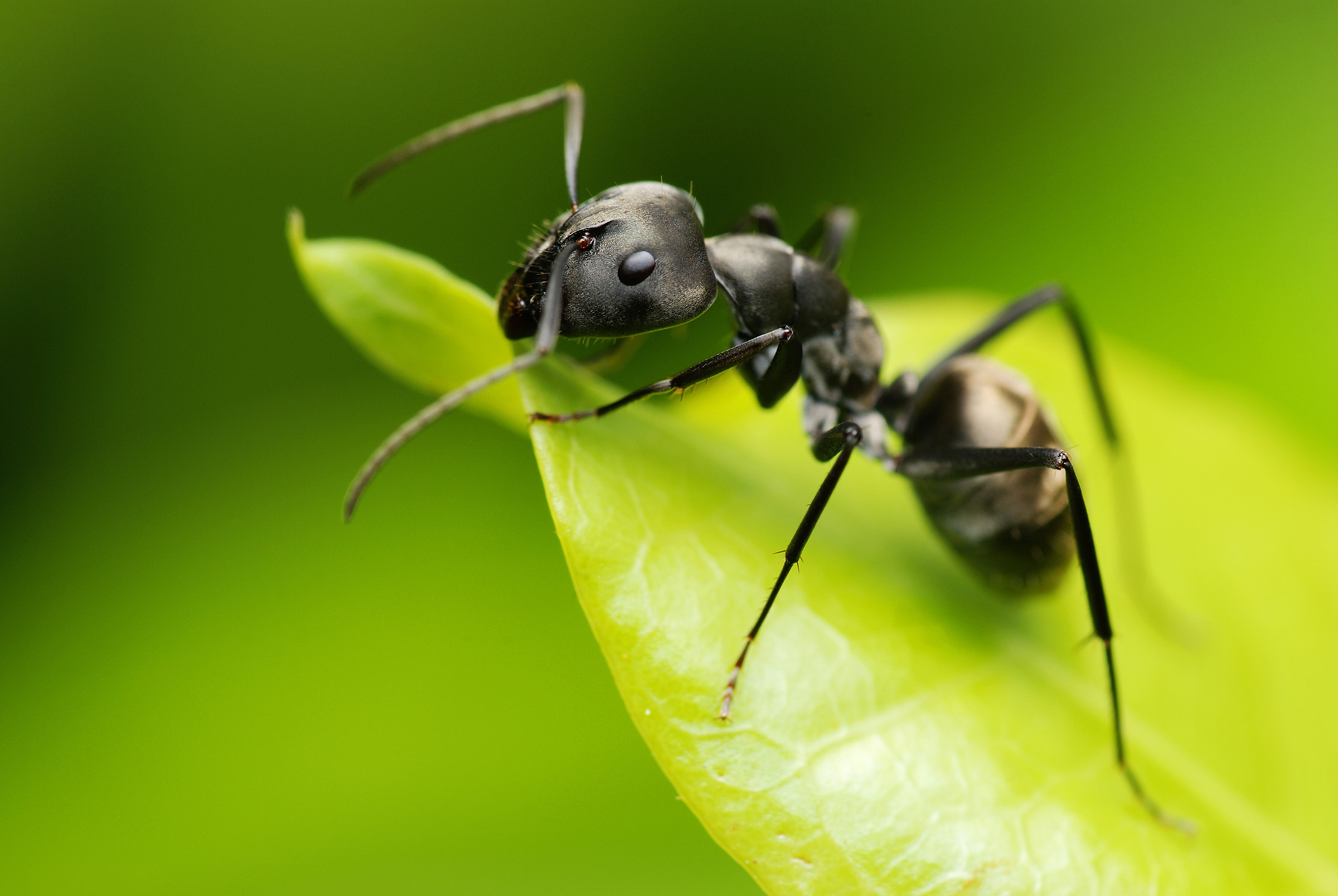Humans are no longer the only species on Earth that can perform surgery to save lives. A new study says that certain species of ants can not only detect injuries to colony members, but also decide whether amputation surgery is necessary to save that ant’s life.
Unlike humans, ants don’t need to go to medical school first. Every ant in the colony can perform these seemingly simple medical procedures to ensure the survival of another ant.
Researchers from the University of Würzburg in Germany observed last year that an African ant species, Megaponera analiscan treat infected wounds with antimicrobial substances that they produce in their glands. For the new experiment, the same researchers chose a different species of ant: Florida carpenter ants (Camponotus floridanus).
The researchers looked at two types of wounds that were located at different points on the ants’ legs: the femur and the tibia. They also infected the wounds with bacteria that would otherwise kill the ant that sustained the injury.
The scientists found that the ants could detect that one of their nestmates had sustained an injury and was potentially infected. Depending on the location of the injury, the ants that detected the injury would then determine the appropriate course of action.
A wound in the thigh would result in amputation. On average, the ants would spend about 40 minutes biting off the injured person’s leg. However, if the wound was lower down on the shin, the ants would decide to simply clean the wound instead of cutting off the limb.
“In terms of amputation behavior, this is literally the only case in the animal kingdom where an advanced and systematic amputation of an individual by another member of its species occurs,” study author Erik Frank said in a statement, per Living science.
The researchers found that amputating a limb with an infected femoral wound would significantly increase the patient’s chances of survival. The ants amputated 21 of the 24 ants with a femoral wound, and all 21 survived. The three that did not undergo surgery died. It is unclear why three of these Florida carpenter ads did not undergo surgery.
In comparison, none of the 24 ants with a tibial wound had amputated a limb. The researchers realized that the ants already knew that cutting the leg of an infected nestmate with a tibial wound would not work.
Laboratory tests showed that amputations in ants with an injured shin had to take place quickly after the accident to reduce mortality.
Even though the ants know how to perform the surgery, it still takes 40 minutes to amputate a leg. By that time, the infection would have spread to the infected nestmate’s body, and the amputation would be pointless. This certainly mimics the approach humans take when deciding whether or not surgery is worthwhile.
But why would thigh injuries benefit from amputation surgery in ants compared to shin wounds? The researchers speculated that the muscles surrounding the thigh have a larger surface area than those surrounding the shin.
When the muscles are injured, the blood flow in the thigh area can slow down. Therefore, it can take longer for the bacteria to reach the rest of the body. The other ants have time to take action and amputate the entire leg.
A wound at the shin level would not affect blood circulation in the same way. Therefore, the bacteria would spread faster. The ants would not have a chance to get off the injured limb before it is too late, so they resort to treating the wound locally.
Experiments showed that local treatment could reduce the bacterial load in ants with tibia injuries. However, the pathogen load was significantly lower in ants with femoral injuries and amputated limbs.
The results are incredible and show the advanced behavior of ant communities in dealing with their own after accidents and infections. You can find the full study in Current biologycomplete with videos showing the ants treating an injured nestmate, including performing surgery.
